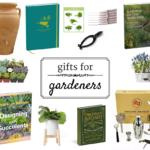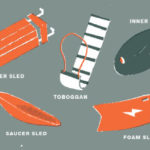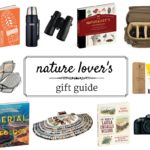With the holidays coming up, we’re in a giving mood. So every day for the next month, we’ll be sharing excerpts from books featured in our holiday store. First up: Tristan Gooley’s How to Read Nature.
In the book, Gooley quotes Ray Bradbury, saying: “Life is trying things to see if they work.” In that spirit, he gives readers 15 exercises to practice reading nature using all five senses. The exercise excerpted below is intended to help readers unlock the full potential of their sight.
Buy the Book
Amazon | B&N | Indiebound | Workman
How to Read Nature
The sense of sight is the best one to start working with as it is the most familiar and powerful for most people. But this power comes at a cost: Our sight is so effective at getting the basics done that we lazily overlook its full potential. Our eyes pass so much detailed information to our brain that our brain has been forced to develop coping and filtering strategies. Inevitably we fail to notice most of what we see, because we can only concentrate on a portion of the canvas presented to us.
Part I
Go for a three-minute walk outdoors. Note down the things your eyes are drawn toward. If we have an understanding of the things our brain is likely to prioritize, then we can temporarily override this pecking order and we will start to see new things.
Part II
Repeat your three-minute walk following the same route, only this time try to ignore anything that moves, as much as is safely possible. Let your eyes be drawn to things that remain still. Ignore everything that shows any motion at all—people, animals, leaves in a breeze. It should feel a little peculiar and lead to you noticing at least a few things that you overlooked on your first walk.
Our brains have learned to notice things that move, so if we make a special effort to look for things that are still, we see a subtly different world.
What is the broader lesson? I think that a focused interest is a two-edged sword: It allows us to notice many things that pass others by, but it narrows the spotlight of our vision. A keen passion for one area of nature will definitely encourage you to spot many things, but not everything. To use both edges of this sword in a positive way, we need to develop our interests but then remain conscious of the blind spots these might introduce.
For more of Tristan Gooley’s incomparable outdoor savvy and exercises, check out How To Read Nature, available now.






No Comments